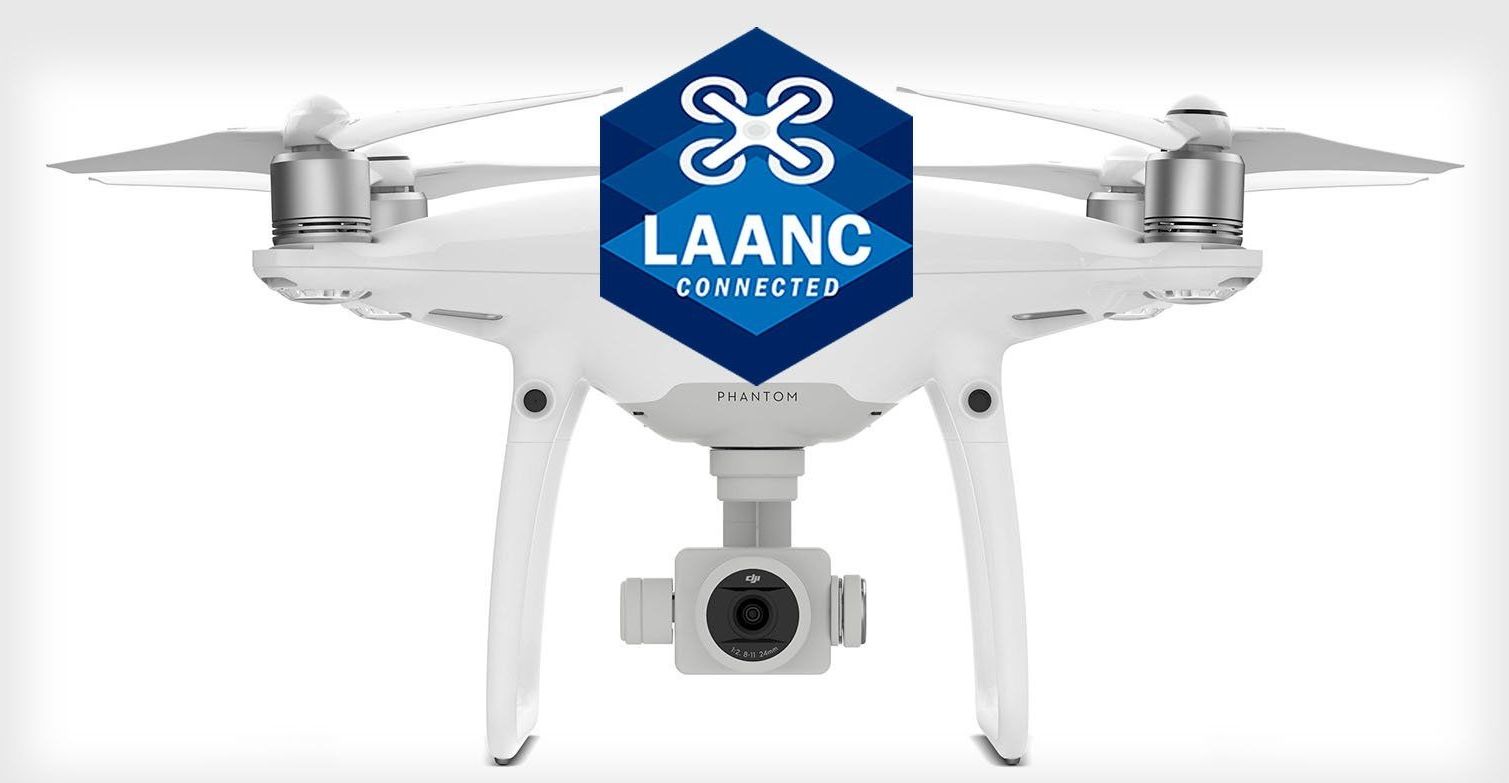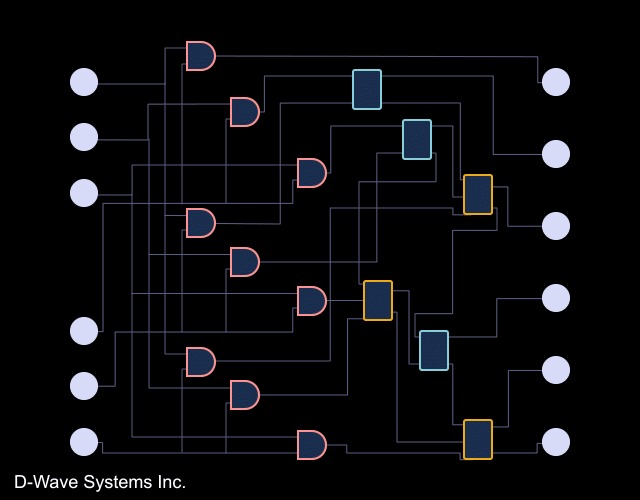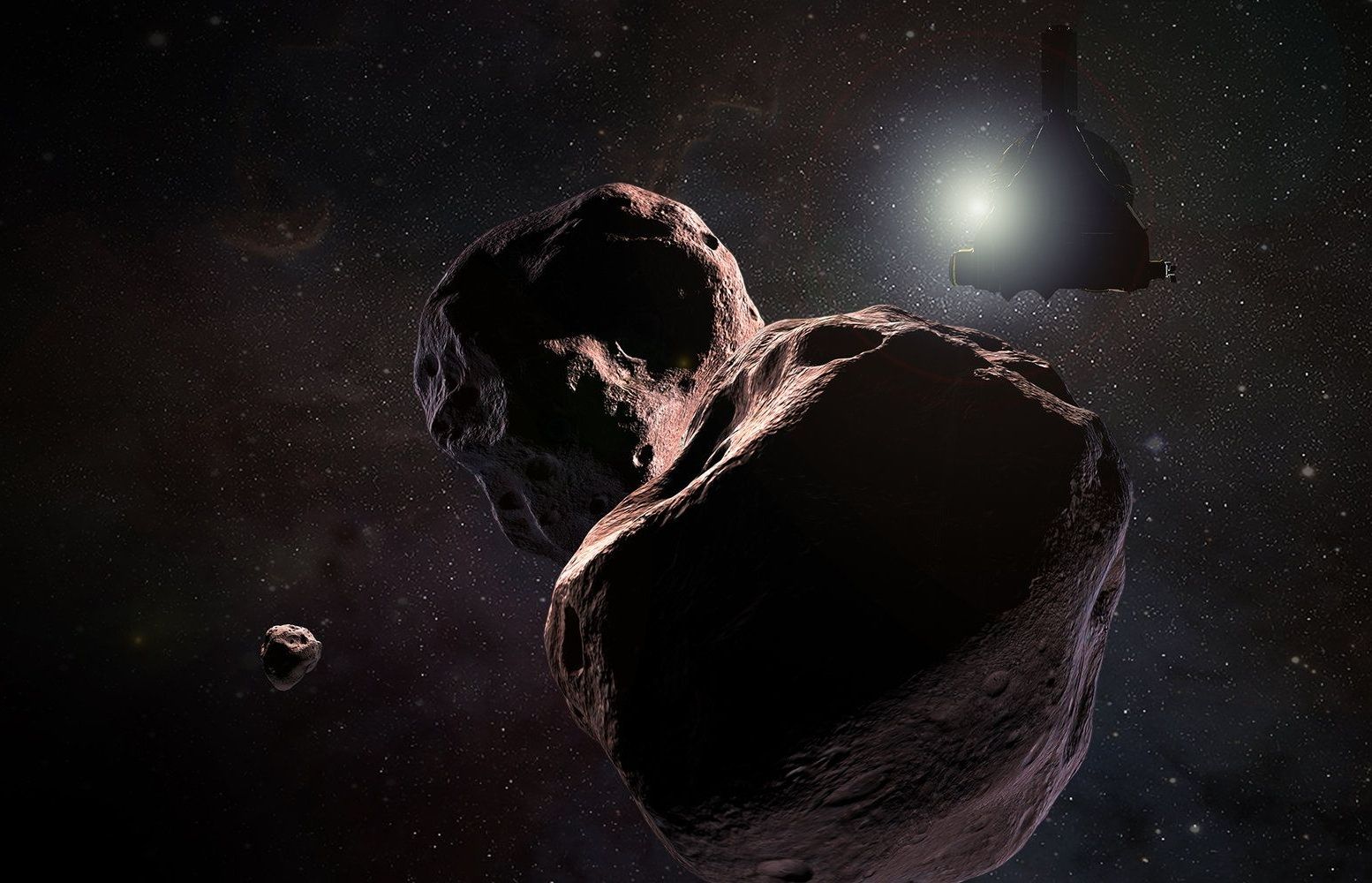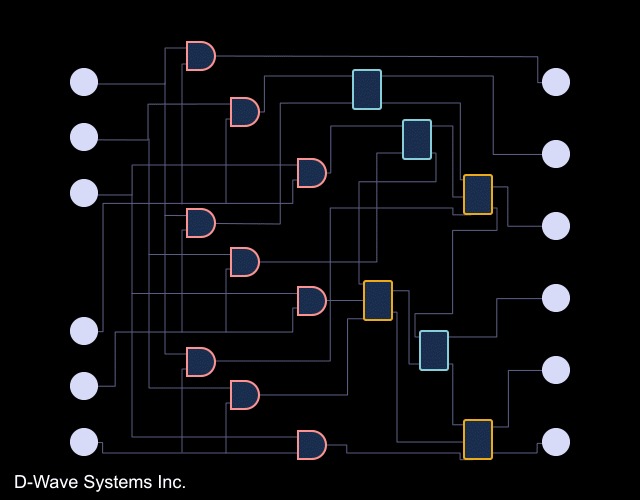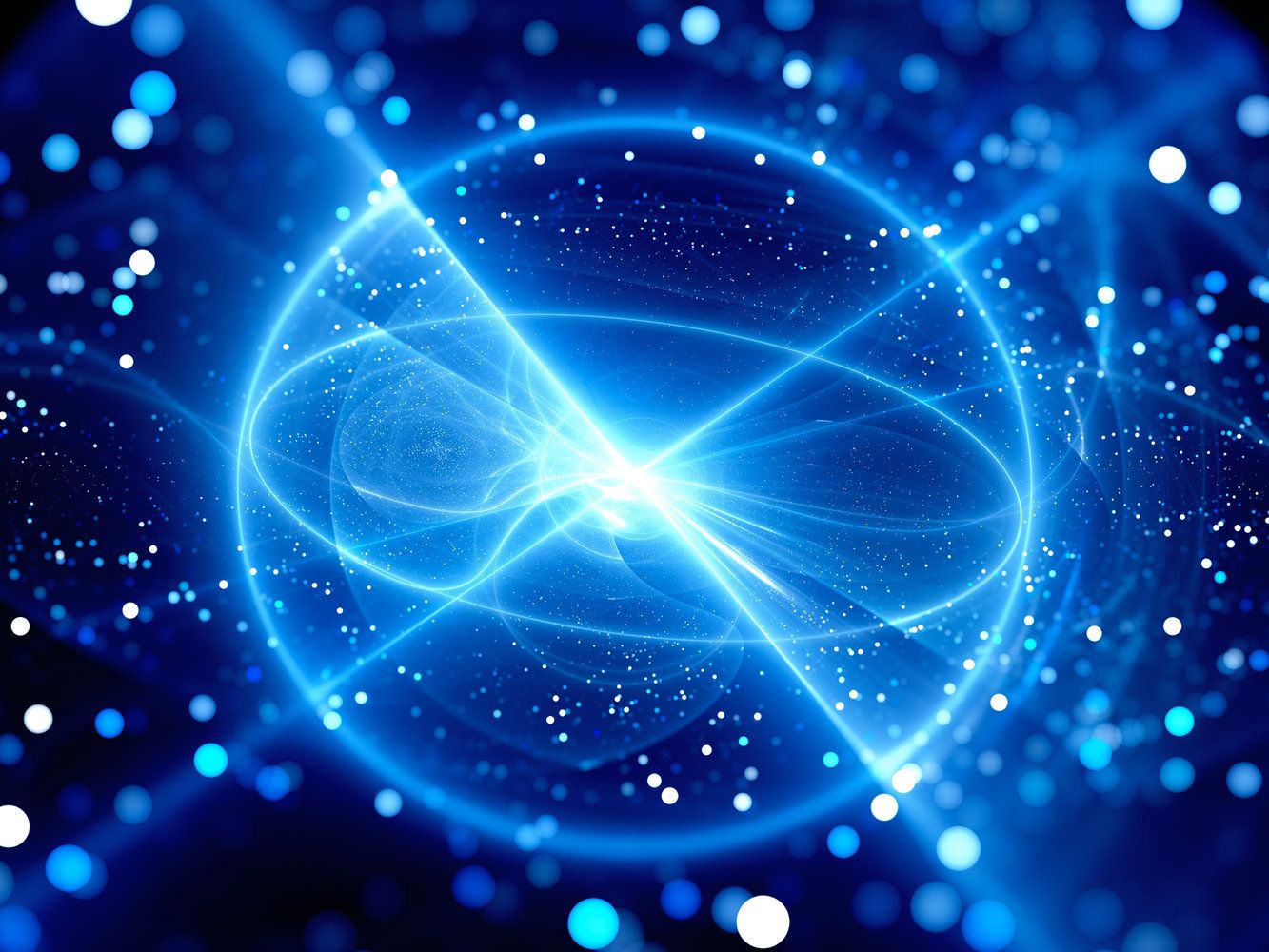DJI now has the US government’s permission to authorize drone flights in controlled airspace near airports.
The FAA has approved DJI as part of its Low Altitude Authorization and Notification Capability (LAANC) program. The agency rigorously tested and validated DJI’s technology capabilities before giving its stamp of approval.
DJI was one of 9 companies that were just newly authorized. The other eight are Aeronyde, Airbus, AiRXOS, Altitude Angel, Converge, KittyHawk, UASidekick, and Unifly.
